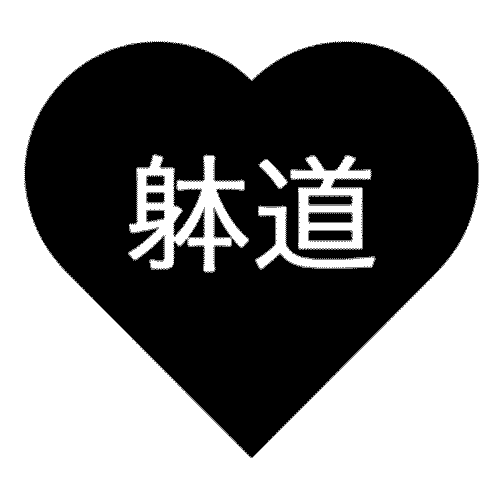For this installment, I want to talk about geometry. Yay! Since the last couple of lessons involved alignment, it seemed like a good time to discuss how Taido uses line. It would be virtually impossible to train Taido for any length of time without hearing of the notion that Taido moves three-dimensionally. This is really the linchpin of Taido technique and strategy, and we find it not only in the individual techniques that change the axis of the body, but also in our unsoku and unshin movements. Taido is one of the very few martial arts in the world to have a systematic footwork method (others include Capoeira and Silat, and maybe some a few more).
Dimensional Control
In order to control our movement in three dimensions, we must first learn to move in lower dimensions. Moving effectively in a 3-d space requires the ability to move effectively on a plane (2-d), on a line (1-d), and on a point (0-d). This is the reason we usually practice techniques from stationary kamae before we practice it while moving - it's just simpler that way.
After mastering the movement on a point, it's important to spend plenty of time working on the line. Line training is sometimes neglected by students who want to begin using new movements in jissen right away. I definitely encourage trying new things out, but please don't neglect line training. The reason is this:
[stextbox id="custom"] The shortest path between you and your opponent will always be a straight line. [/stextbox]
Line Training
- Practice executing the technique on a line on the floor. Pay attention to where your feet fall on the line. Also be sure to back up to kamae in a straight line.
- Begin from a kamae that is at an angle to your line. Execute the technique on the line. Try different angles.
- Moving on a line: Take one step forward in kamae before executing the technique. Then another step and technique. Continue moving forward across the court.
- Do the same thing as a retreat by stepping backwards on the line before the technique.
- Use free unsoku to maneuver to a pre-determined line and execute the technique.
- Try any of the above drills while a partner holds a target over the line.
